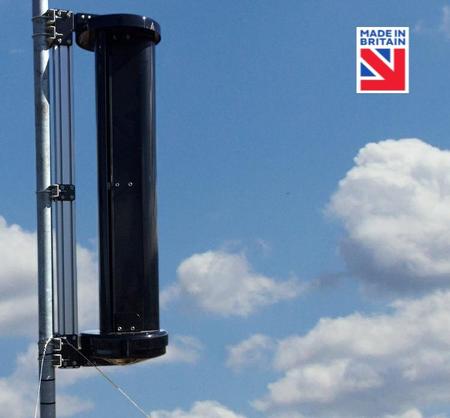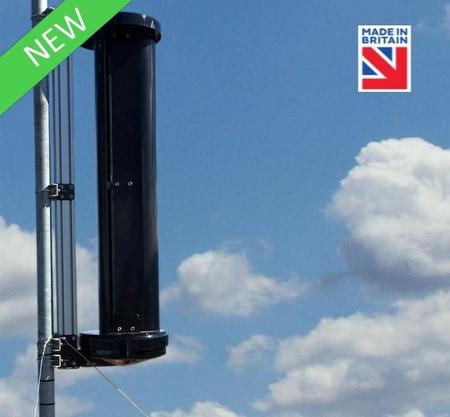Blog
Revolutionizing Sustainable Energy Solutions with the Best Vertical Wind Turbines for Residential Applications
As global energy demands rise and the urgency for sustainable solutions intensifies, the adoption of renewable energy technologies has become imperative for households seeking to reduce their carbon footprint. According to a recent report by the International Energy Agency, the market for residential renewable energy technologies, including vertical wind turbines, is projected to grow by 20% annually through 2025. Particularly, the "Vertical Wind Turbine For Home" presents an innovative solution that combines efficiency with minimal spatial requirements, making it ideal for urban and suburban settings. These wind turbines not only harness natural wind energy but also contribute to energy independence and savings on utility bills. With advancements in design and materials, the vertical wind turbine represents a key component in the transition towards greener energy solutions, providing an effective means for homeowners to embrace sustainable practices and support global climate goals.
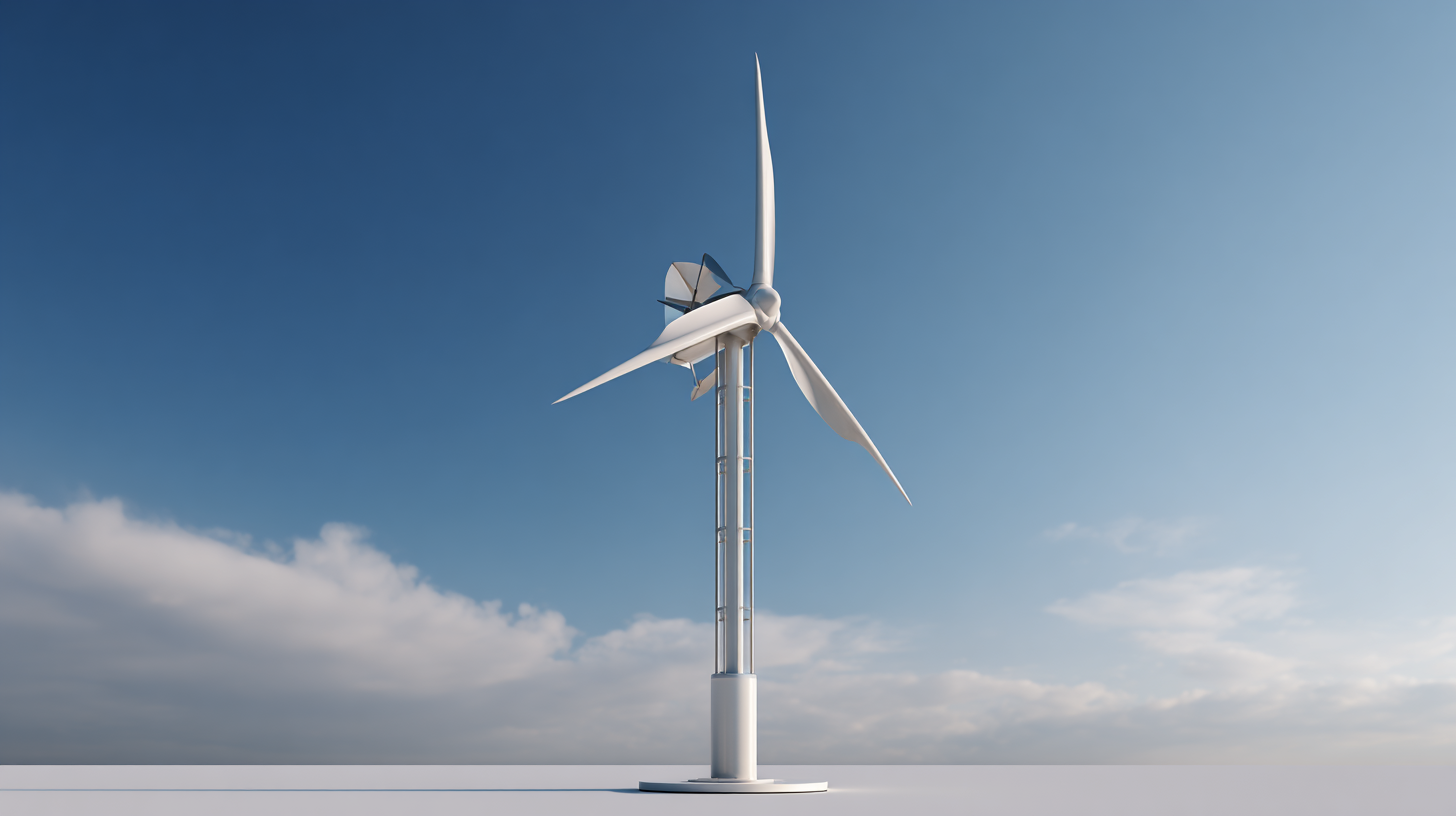
Understanding Vertical Wind Turbines: A Sustainable Energy Alternative for Homes
Vertical wind turbines are becoming a prominent solution for residential energy needs, offering a sustainable alternative that is both efficient and space-saving. Unlike traditional horizontal-axis wind turbines, vertical models are designed to capture wind from any direction, making them ideal for urban environments where wind patterns can be unpredictable. Their compact design allows homeowners to install them in smaller spaces, such as backyards or rooftops, without disrupting the aesthetic of their home.
One of the standout features of vertical wind turbines is their lower noise levels and minimal maintenance requirements. This makes them particularly attractive for residential areas, where noise pollution can be a concern. Additionally, with advancements in technology, these turbines are becoming more effective at generating energy even at low wind speeds. This efficiency enables homeowners to reduce their reliance on conventional power sources, ultimately leading to lower energy bills and a smaller carbon footprint.
As awareness of sustainable energy solutions grows, vertical wind turbines present an innovative option for those looking to embrace renewable energy at home.
Key Benefits of Vertical Wind Turbines in Residential Settings
Vertical wind turbines are increasingly recognized for their potential to transform residential energy solutions. Unlike traditional horizontal models, vertical wind turbines offer several advantages that make them particularly well-suited for home installations. For instance, according to a report by the National Renewable Energy Laboratory (NREL), vertical turbines are more efficient in urban environments where wind patterns can be unpredictable. Their compact design allows for easier integration into residential rooftops, thereby minimizing the visual impact while maximizing energy capture.
One of the key benefits of vertical wind turbines is their ability to operate effectively at lower wind speeds. Studies indicate that they can generate power in winds as light as 2 to 3 meters per second, which is an essential feature for residential areas that may not experience strong gales. Additionally, their bidirectional design means they can harness wind from any direction, enhancing their overall efficiency.
Tip: When considering a vertical wind turbine for your home, assess the wind speed data specific to your location. Installing your turbine on a pole or higher roof can significantly improve performance.
Another advantage of vertical wind turbines is their low noise levels compared to traditional turbines. A report from the European Wind Energy Association noted that residential vertical turbines typically operate at sound levels below 50 decibels, making them a non-intrusive energy source suitable for urban neighborhoods.
Tip: To maximize energy efficiency, ensure your turbine is installed in an area with an unobstructed flow of wind, away from tall buildings or trees that could cause turbulence.
How Vertical Wind Turbines Enhance Energy Efficiency and Reduce Carbon Footprint
Vertical wind turbines are rapidly gaining recognition for their remarkable ability to enhance energy efficiency in residential applications. Unlike traditional horizontal-axis turbines, vertical models operate effectively in turbulent wind conditions, making them ideal for urban environments where wind patterns can be unpredictable. Their compact design allows for placement in spaces where conventional turbines might not fit, enabling homeowners to harness renewable energy without compromising on aesthetics or available space.
One of the most significant advantages of vertical wind turbines is their potential to significantly reduce a household's carbon footprint. By generating clean energy from wind, these turbines lessen reliance on fossil fuels and contribute to a more sustainable future. When combined with other renewable energy sources, such as solar panels, vertical wind turbines can help achieve energy independence, allowing homeowners to lower their electricity bills while minimizing harmful emissions. This holistic approach to energy use not only benefits individual residences but also contributes to the global effort of combating climate change.
Factors to Consider When Choosing the Right Vertical Wind Turbine for Your Home
When considering vertical wind turbines for residential applications, several key factors come into play. One crucial element is the turbine's efficiency, which is often influenced by its design and size. According to the American Wind Energy Association, the average efficiency of vertical axis wind turbines (VAWTs) can range between 20% to 35%, depending on wind speeds and turbine specifications. Homeowners should assess local wind patterns and the average annual wind speed in their area to select a turbine that maximizes energy generation while accommodating the residential landscape.
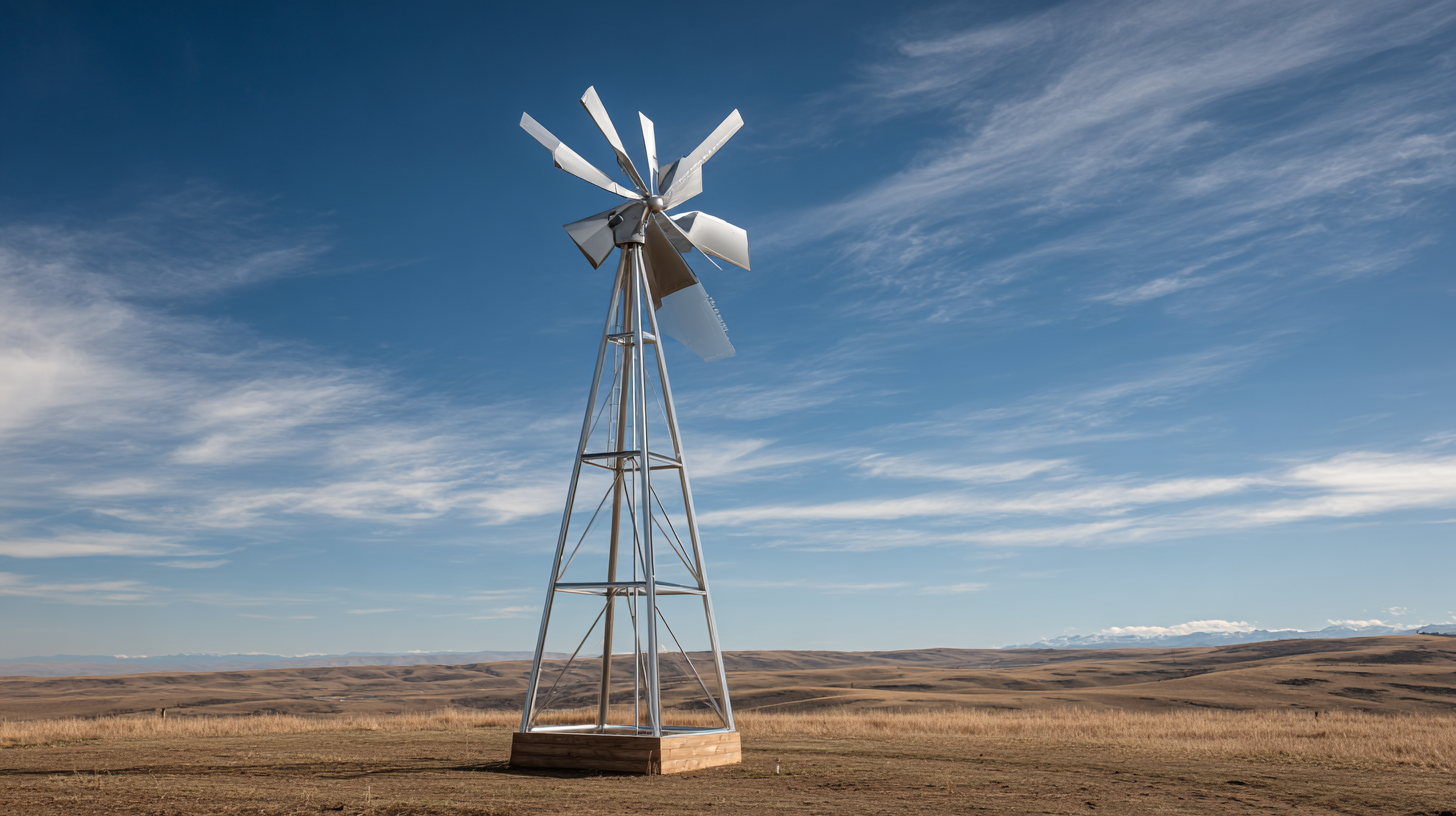
Another important consideration is noise levels. Research from the National Renewable Energy Laboratory indicates that the sound produced by wind turbines can range from 45 to 60 decibels at 100 feet away, which may impact the comfort of nearby residents. Therefore, choosing a model specifically designed for low noise operations is essential, especially in suburban or urban environments. Additionally, examining turbine height and placement is vital; turbines should be installed at least 30 feet above any obstructions to fully harness wind energy, ensuring optimal performance for a sustainable energy solution within the home.
Innovative Technologies Behind the Best Vertical Wind Turbines for Sustainable Living
In today's quest for sustainable living, innovative technologies in vertical wind turbines are paving the way for a greener future, particularly in residential applications. Unlike traditional horizontal wind turbines, vertical wind turbines (VWTs) boast a design that allows them to harness wind energy from any direction, making them more versatile and efficient in urban environments where wind patterns can be unpredictable. Their compact size and lower noise levels not only make them suitable for residential settings, but they also hold the potential to transform how homeowners utilize renewable energy.
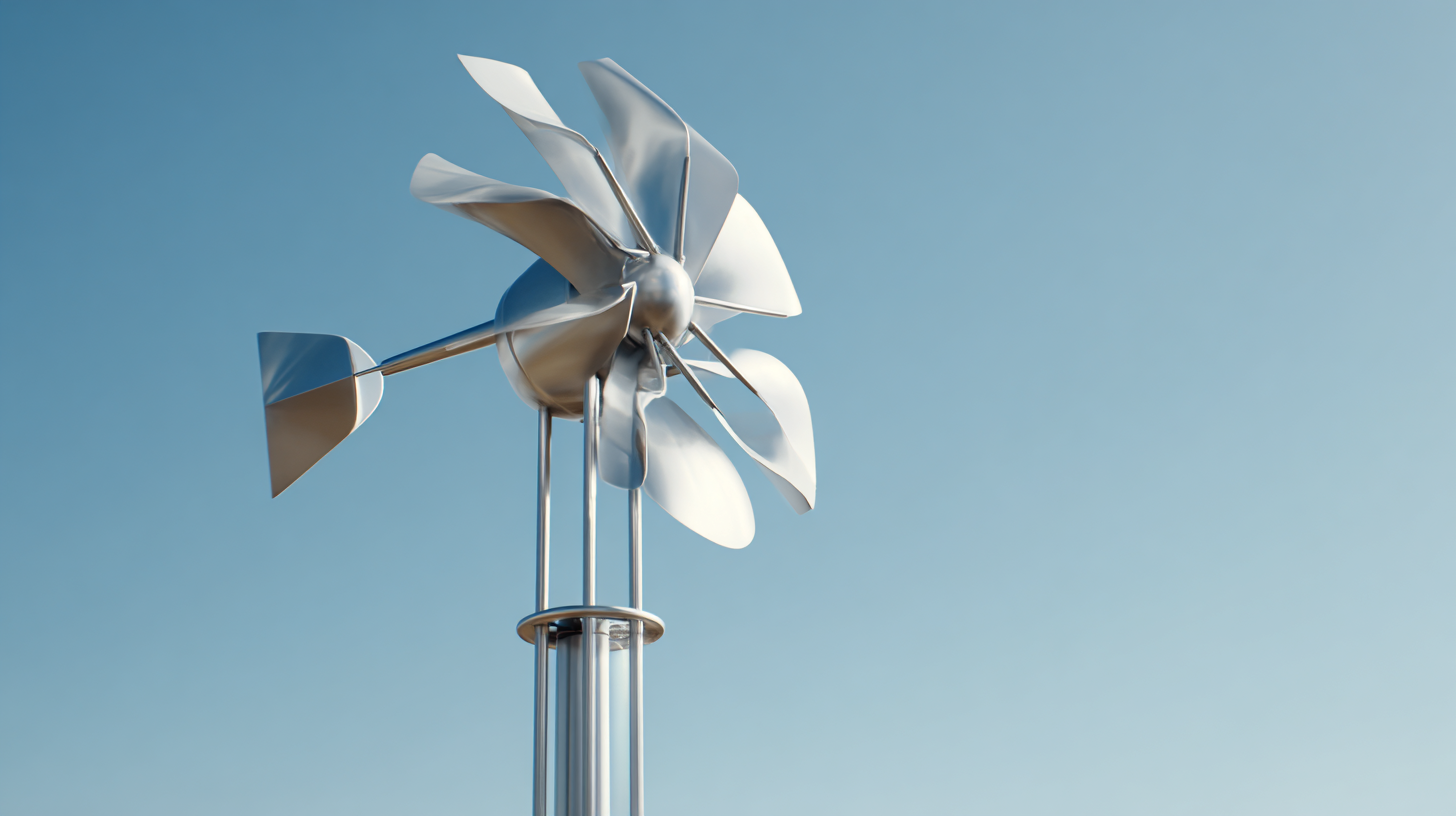
Recent advancements in materials and engineering have led to the development of more durable and efficient VWTs. For instance, the incorporation of lightweight, high-strength composites has improved the overall performance of these turbines, enabling them to generate more energy with reduced maintenance needs. Furthermore, smart technology integration allows for real-time monitoring and optimization of energy output, empowering homeowners to maximize their energy savings. As these innovative technologies continue to evolve, vertical wind turbines stand as a promising solution for individuals committed to sustainable living, providing an affordable and reliable source of renewable energy right at home.
Tell us about your project
Our Off-grid experts will come back with recommendations




